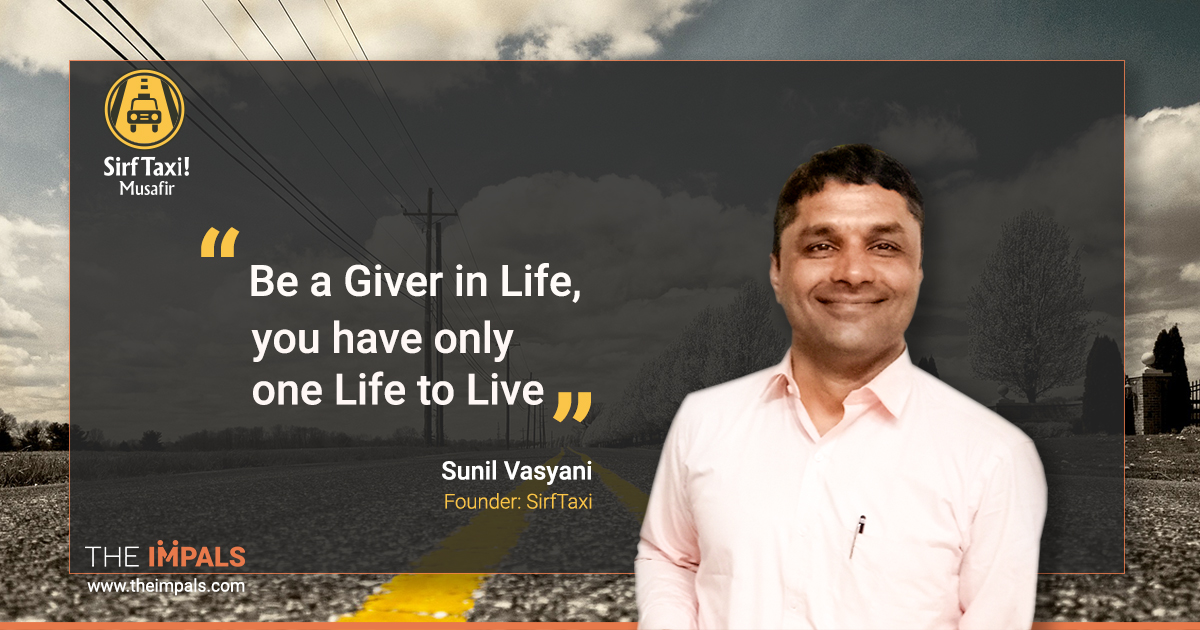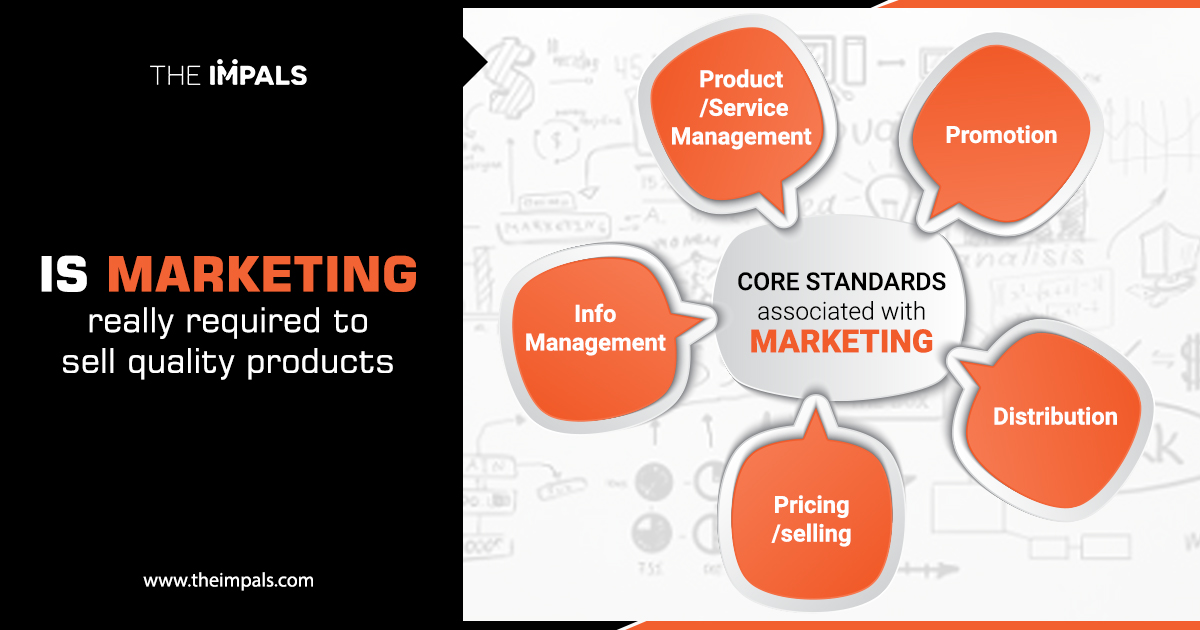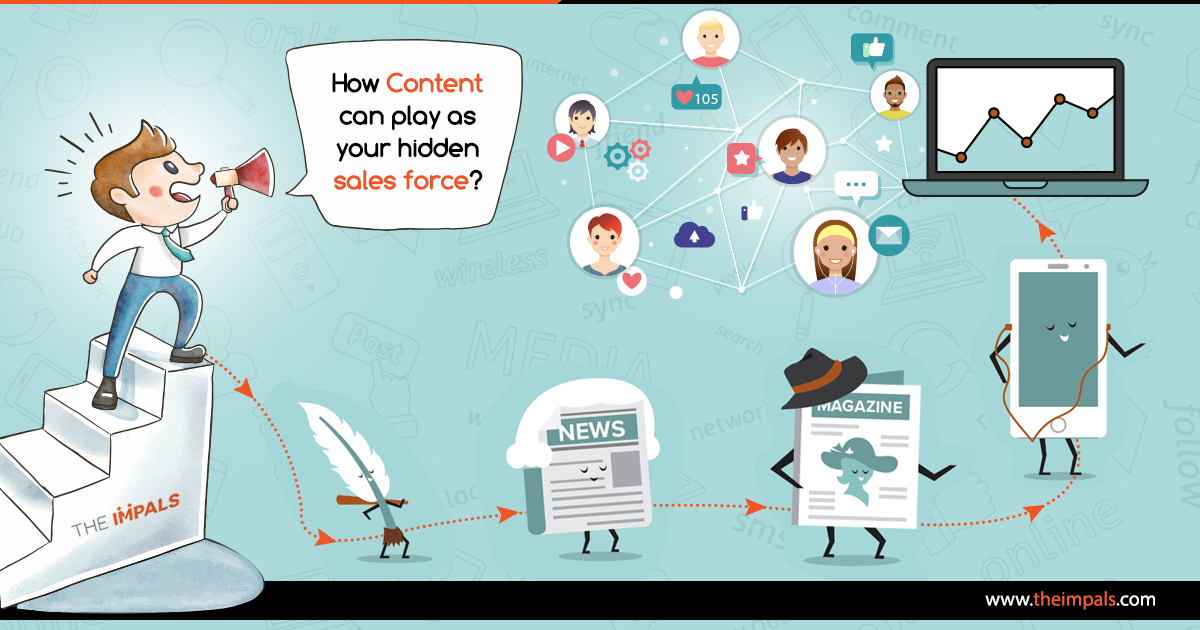Considered
as the medical science of machines, TPM (Total Productive Maintenance) is an
innovative concept introduced by the Japanese to the world. Japan, known to be
the master in quality production, the origin of TPM can be traced way back to
1951, when preventive maintenance was introduced in Japan. With increasing
automation, regular and preventive maintenance of machines became crucial to
increase productivity.
TPM: The Idea Behind
The ideas
behind introducing TPM was to get operators involved in maintaining their
equipment and make them responsible for their machines, such that they
proactively carry out maintenance to improve and achieve perfect production,
targeting zero breakdowns, losses and defects along with ensuring a safe
working environment.
What is TPM?
To be
precise, TPM is a timely maintenance program carried out in a factory to
increase productivity of its machines and equipments with modest investments in
maintenance. TPM has a holistic approach
to improve the Overall Equipment Effectiveness (OEE) of plant equipments which
is its main objective, along with improving the quality and quantity of
production, boosting employee morale and job satisfaction. TPM includes 4Ms and
T- Man, Machine, Material, Method and Tools. TPM creates the right environment
between all these factors of production, which helps maximize the operational
efficiency and achieve manufacturing excellence. Here if we see, efficient
material handling is crucial for successful TPM.
TPM vs. TQM
Though they
share lot of similarities, but they are two different approaches. Both result in
improved quality but both follow two distinct paths. TQM focuses on improving
quality of the goods and services and concentrates, while TPM focuses on
equipment and process used to produce the product thus maintaining quality,
reducing cost and increasing volume of production.
The 8 Pillars of TPM – Way towards
achieving Manufacturing Excellence
5S- Sort, Systematise, Sweep, Standardize,
Self-discipline- The Foundation
5S is the
very foundation on which the 8 pillars of TPM stand. It is so because, when the house would be in
order, then only the pillars of TPM can exist. Organizing the workplace with 5S
sets the workplace in order, which helps make problems easily visible and makes
workplace clean and well-organized, ready to set the 8 Pillars of TPM.
Pillar 1- JISHU HOZEN (Autonomous Maintenance)
- Small maintenance tasks on continual basis
Making
operators responsible for the upkeep of their equipment with small, regular
tasks to help prevent their equipment from deteriorating;
Pillar 2- KOBETSU KAIZEN (KK) - Small
improvements on a continual basis
Kaizen is
the most well-known philosophy introduced by Japan to the world. Kaizen simply
means ‘change for better ‘through continuous improvement, which is not only
pertaining to manufacturing but improvements in all areas of a company;
Pillar 3- Planned Maintenance-
Proactive and Reactive method
Scheduled maintenance based on the predicted
and measured failure rates to have trouble free machines and defect free
products. Customer satisfaction is the final aim;
Pillar 4- Quality Maintenance- Proactive method
The goal for
any manufacturing facility is to have ‘defect free manufacturing’. This is
achievable only by maintaining highest level of quality standards. Quality
Maintenance on time can ensure being proactive in Quality Control to Quality
Assurance, help detect errors and eliminate them to maintain quality to have
zero customer complaints;
Pillar 5- Training and Education- A well
informed workforce
In order to
do away with the knowledge gaps, the workforce has to be well- informed. The
Operator should develop skills not only to know how the machine works, but also
should understand the reason behind emerging problems, if any. Training and
Education develop the personnel’s skills and techniques to deal with a
particular problem in a proactive way. Proper Training of the personnel is necessary
for achieving TPM goals;
Pillar 6- Safety, Health and
Environment (SHE) - Peripheral Necessities
The aim is
to have an ‘accident free workspace’. It focuses on the elimination of
potential risks of accident and fires. It makes the workplace operator-friendly
by taking timely safety measures through dedicated personnel taking care of it;
Pillar 7- Development Management- New
Product Development
Before any
new product is incorporated in the manufacturing process, getting practical
knowledge of the new product helps easy amalgamation of it, into the ongoing
processes and also helps reach the pre-planned maintenance level soon. TPM
provides understanding of the new equipment which supports in designing and
developing the new product;
Pillar 8- TPM in Administration-
Support to the plant operations
Improving
Administrative function is crucial for improving plant functioning and
increasing productivity. It also includes analyzing the process and procedures
to eliminate losses. TPM in administration is a step usually taken after the
four basic pillars of TPM are in place.
To add to this, Material Handling is
considered to be another pillar of TPM. The linking element between man,
machine, material and method is material handling. Increase in total
productivity cannot be possible if material handling is not organized.
Companies introducing TPM in their
factories start with implementing the first 4 pillars (JH, KK, Planned
Maintenance and Quality Maintenance) initially and then slowly widen their
scope to include the remaining pillars to have complete implementation done. A
new factory or a factory introducing TPM, if introduces efficient material
handling systems at the beginning, it will always lead to successful
implementation of TPM.
Advantages of introducing TPM in a
factory
When it comes to Productive Efficiency, TPM is the answer for
every factory. TPM addresses all facets of the factory from material, machines,
equipment, processes to employees. It brings in a positive approach in workers
by bringing them into the loop of being responsible for their machines and its
production. It helps workers in developing multiple skills to become flexible. When
it comes to machines, machines also become efficient because of timely
maintenance. Regular maintenance ensures that systems and machines do not reach
the stage of extremity like breakdowns, accidents etc . It ensures defect free
production along with maintaining the highest level of quality. Also, the
benefit of TPM in administration adds to this, by having involvement of all
people in support functions, with a focus on improving the plant performance. This
results in the improvement of Overall Effective Efficiency (OEE) of the plant.
My TPM Mantra: TPM leads to TPM
By this I
mean to say, Total Productive Maintenance leads to Total Profit Management. When
TPM ensures zero defects, zero losses and zero accidents with maintaining
highest level of quality, the result is customer satisfaction and increase in
profit to business. If we do the cost-volume-profit analysis for an
organization having introduced TPM effectively, the total revenue exceeds the
total cost with increase in productivity, and the total profit increases.
Daifuku’s Role with TPM
Along with
implementation , making way for the success of TPM starts with efficient
material handling. DAIFUKU provides the means to achieve TPM Goals, with its
Automated Storage and Retrieval Systems.SA/RS ensures providing industries best
in class material handling solutions giving unique solutions. Reaching TPM
goals- Zero Defects, Zero Losses and Zero Accidents’ is made easy and effective
with DAIFUKU AS/RS. The Automated Storage Solutions help utilize manpower
efficiently and save on space. Automation and optimization increase
productivity and help improve quality and quantity of production, setting new
levels of manufacturing excellence and customer satisfaction.
About the author
Mr. Asim Behera is presently the COO at Factory Automation
and Distribution Automation; Daifuku India. With his esteemed direction and guidance,
Daifuku has become the fastest growing ASRS Company in India. He
is a business veteran, a guest speaker at various industry platforms such as
CII, ASSOCHAM, CEMAT, IWS, and Symbiosis University and an expert in automated
storage & retrieval systems and material handling systems. His experience
in varied markets such as India, US, Europe, & Japan helps companies set up
market entry strategy for new technologies and services.
About Daifuku
Since 1937, Daifuku has been world-class Automated
Materials Handling Company – conveying, storage, sorting, picking and controls.
We have a global network of offices and subsidiaries that offer design,
engineering, sales, installation and commissioning of an Automated Storage and
Materials Handling System.










